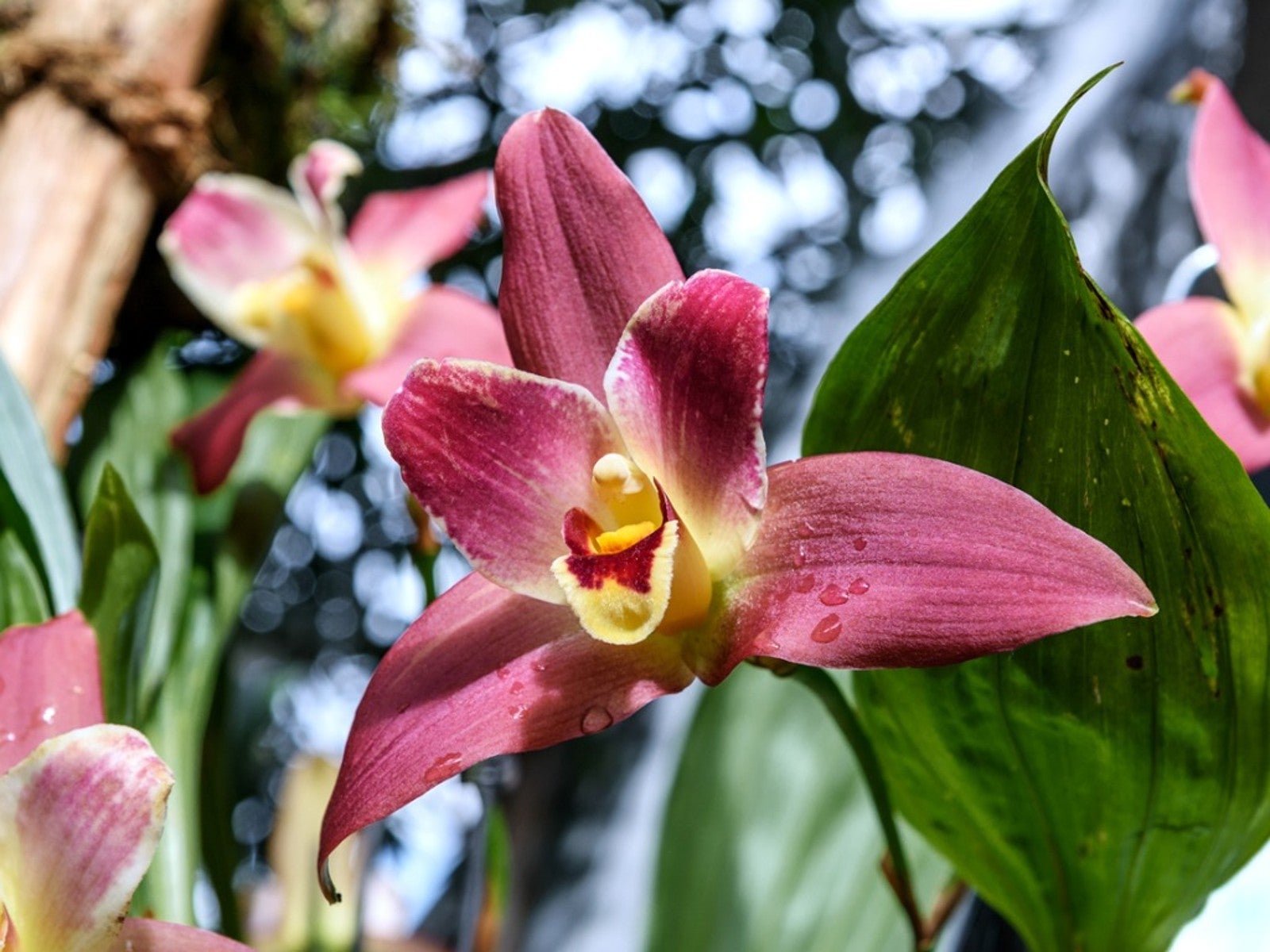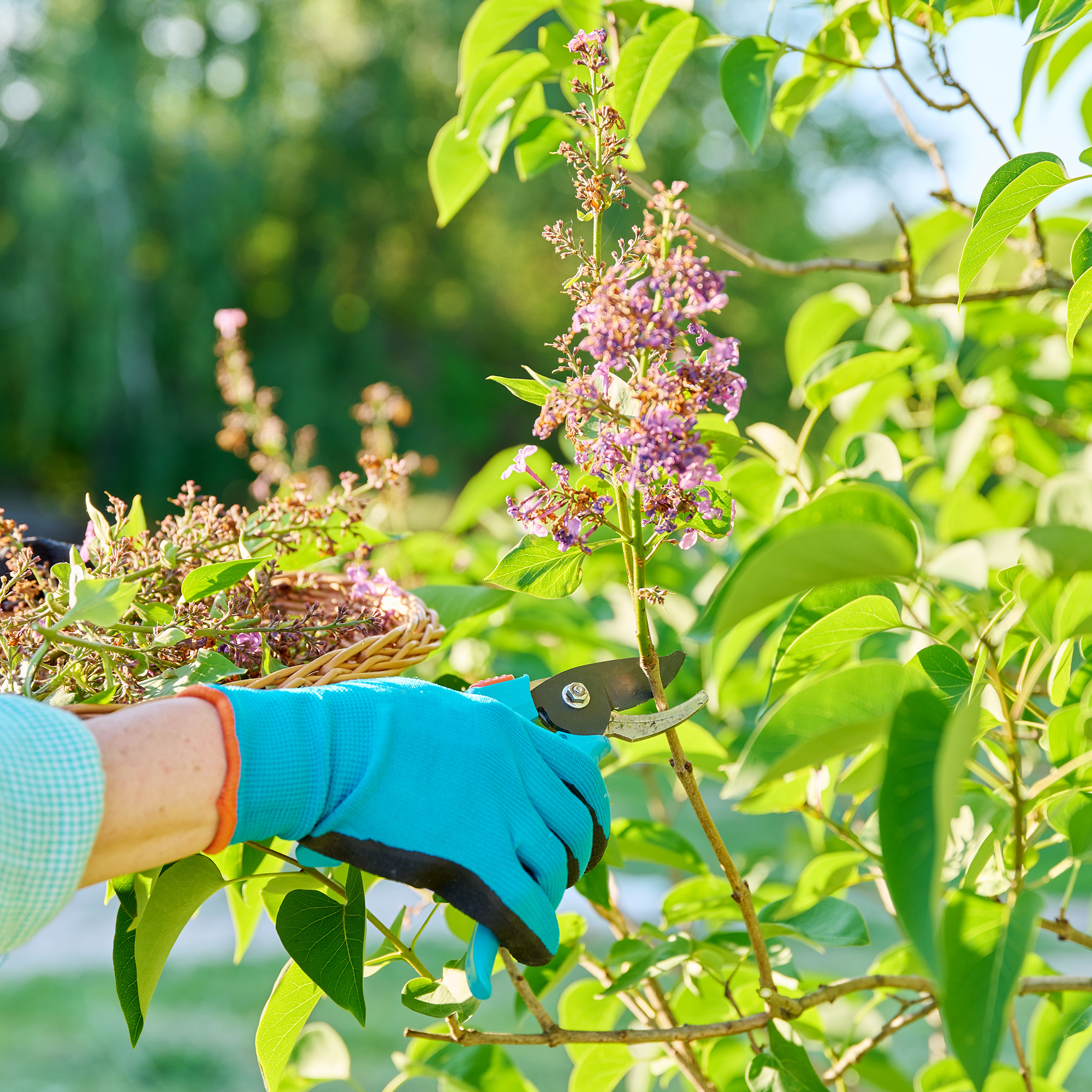What Are Lycaste Orchids - Lycaste Orchid Culture


What are lycaste orchids? Native to the tropical areas of South and Central America, lycaste orchids are striking plants that produce spikes of big, fragrant blooms in winter and spring. Not surprisingly, lycaste orchids are the national flower of Guatemala.
There are at least 30 species of lycaste orchids, and most are relatively easy to grow. Some species are deciduous, while others keep their foliage during dormancy.
Lycaste Orchid Culture: Tips On Lycaste Orchid Care
Lycaste orchid care isn’t difficult as long as you take care of the plant’s basic needs.
Lycaste orchids perform best in moderate, indirect, or filtered light. Intense sunlight can burn the leaves, while low light will impact the number of blooms. Bright, emerald green leaves are an indication the plant is receiving sufficient light, while brittle edges are a sign that light is too intense. (A little more light is welcome during the winter months).
Lycaste orchids are tropical plants that like warm daytime temperatures between 60 and 85 F. (15-30 C.) Avoid temperatures above 85 F. (30 C.). Nighttime temps should be 50 to 60 F. (13-15 C.).
Humidity levels should be between 60 and 80 percent. It’s fine to spritz the plant occasionally during warm summer weather, but be sure the plant has good air circulation to prevent the development of fungal diseases.
Visit Our Complete Guide to Houseplant Care
Gardening tips, videos, info and more delivered right to your inbox!
Sign up for the Gardening Know How newsletter today and receive a free copy of our e-book "How to Grow Delicious Tomatoes".
When it comes to lycaste orchid culture, it’s best to use a potting mix consisting of fine bark or sphagnum moss, or a mixture of fine bark and perlite. You can also add a small amount of charcoal, which helps keep the potting mix “sweet.” Clay pots keep the potting mix from becoming too warm.
The potting mix should be kept moist, but not soggy. However, mature plants should be kept a little drier, especially between blooming and the appearance of new growth. Deciduous species also benefit from slightly drier soil. During winter, water just enough to keep the bulbs from shriveling, but never allow the potting mix to become bone dry.
Feed lycaste orchids every other watering, using a water-soluble orchid fertilizer at half strength. Cut back to one feeding per month during the winter months.
Repot lycaste orchids every year between early spring and early summer, when new growth is about 3 to 6 inches (8-15 cm.). Remove dead roots, along with old potting mix around the roots. Avoid repotting during the heat of summer.

A Credentialed Garden Writer, Mary H. Dyer was with Gardening Know How in the very beginning, publishing articles as early as 2007.
-
 8 Plants You Should Always Prune In June – Or Risk Ruining Summer Growth
8 Plants You Should Always Prune In June – Or Risk Ruining Summer GrowthTiming is everything when pruning. Trim these key plants now to boost growth, prevent disease, and keep your garden thriving through summer.
-
 Do Deer Eat Hydrangeas? How To Keep Beloved Shrubs Safe From Greedy Grazers
Do Deer Eat Hydrangeas? How To Keep Beloved Shrubs Safe From Greedy GrazersDo deer like hydrangeas? Everything you need to now about deer and hydrangeas, including the best types to plant if you have deer in your area.